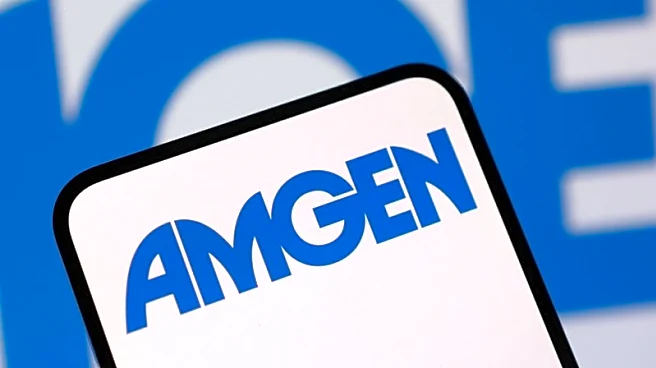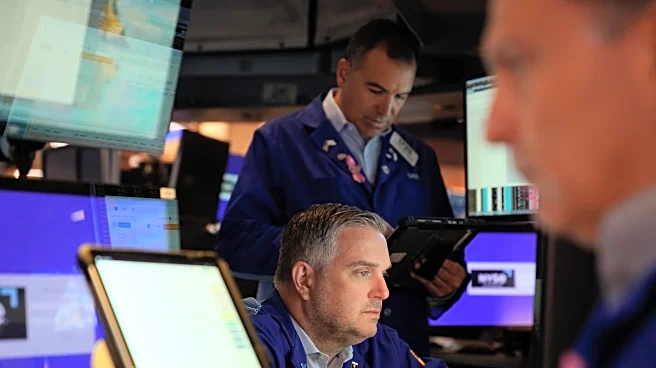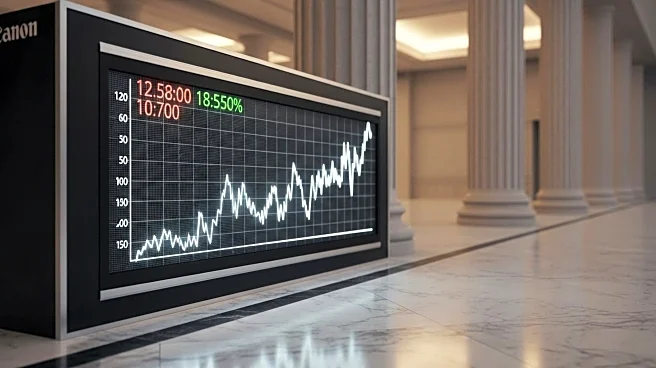What's Happening?
Chinese pharmaceutical companies are increasingly entering the global market with innovative medicines, moving beyond their traditional role as producers of generic drugs. This shift is marked by a significant increase in international collaborations, particularly through licensing agreements. According to data from U.S. biopharma analytics firm DealForma, Chinese biotech firms now account for 42% of all major global licensing deals, a substantial rise from previous years. Notable collaborations include Pfizer's $1.25 billion deal for overseas rights to a Chinese drug and multiple agreements by companies like AbbVie, Merck, and Regeneron. This trend is driven by China's efficient and cost-effective R&D processes, which allow for faster patient recruitment in trials compared to the U.S. However, there are concerns that the Trump administration might view these developments as a threat, potentially leading to actions that could block such transactions.
Why It's Important?
The rise of Chinese biotech firms in the global market has significant implications for the U.S. pharmaceutical industry. As Chinese companies continue to innovate and offer competitive pricing, U.S. firms may face increased pressure on drug prices and patent expirations. This could lead to a shift in the global pharmaceutical landscape, with more companies seeking partnerships with Chinese firms to maintain competitiveness. Additionally, the potential for U.S. government intervention, as suggested by industry insiders, could impact international collaborations and the availability of innovative treatments. The situation underscores the importance of balancing national economic interests with the benefits of global competition and collaboration in the biopharma sector.
What's Next?
If the Trump administration perceives the growing influence of Chinese biotech firms as a threat, it may consider implementing measures to restrict these collaborations. Such actions could include tariffs or regulatory barriers aimed at protecting domestic industries. However, these measures could also lead to increased tensions between the U.S. and China, affecting broader trade relations. Meanwhile, global pharmaceutical companies are likely to continue seeking partnerships with Chinese firms to leverage their innovative capabilities and cost advantages. The outcome of these dynamics will depend on the policy decisions made by the U.S. government and the strategic responses of the pharmaceutical industry.
Beyond the Headlines
The increasing role of Chinese biotech firms in the global market highlights broader trends in international trade and innovation. It raises questions about the balance between protecting domestic industries and fostering global competition. The situation also reflects the growing importance of China as a hub for pharmaceutical innovation, driven by sustained government and private investment. This development could lead to long-term shifts in the global pharmaceutical industry, with implications for drug pricing, access to treatments, and the overall landscape of biopharma innovation.












